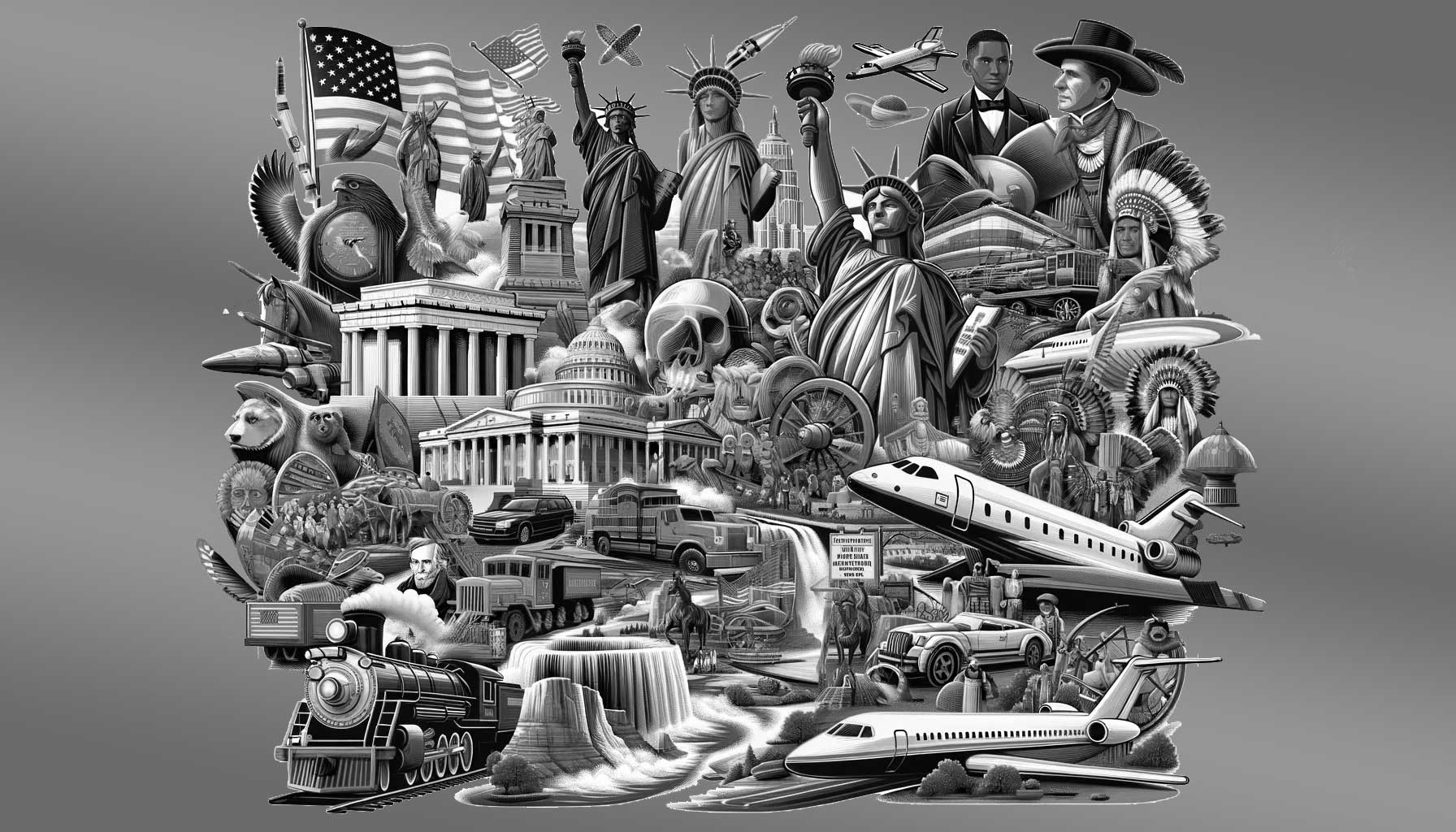Flashback to May 14
American History

Delegates gather in Philadelphia to draw up US constitution
On May 14, 1787, a defining moment in American history took place as delegates from across the newly formed United States gathered in Philadelphia to embark on the monumental task of drafting a constitution. This event marked the beginning of a journey that would set the foundation for the nation’s governance and lay the groundwork for its democratic principles.
The gathering, which became known as the Constitutional Convention, was a response to the weaknesses of the Articles of Confederation – the first governing document of the United States. Under the existing system, the federal government lacked the power to enforce laws, regulate commerce, and levy taxes, resulting in a weak central authority that posed a threat to the survival of the young republic.
The delegates recognized the need for a stronger national government and set out to create a constitution that would establish a more perfect union, ensure domestic tranquility, promote the general welfare, and secure the blessings of liberty to themselves and future generations.
The 55 delegates, representing 12 of the 13 original states, convened at the Pennsylvania State House, now known as Independence Hall. Among them were some of the most influential figures in American history, including Benjamin Franklin, James Madison, and Alexander Hamilton. Over the course of several months, these founding fathers engaged in intense debates and negotiations to shape the proposed constitution.
The challenge was to strike a delicate balance between granting the federal government sufficient power while safeguarding individual liberties and preserving the rights of the states. The delegates grappled with issues such as representation, slavery, and the separation of powers, seeking compromises that would satisfy both small and large states and bridge the divide between the northern and southern regions.
One of the key compromises reached during the convention was the Connecticut Compromise, which resolved the contentious issue of representation in the legislative branch. It called for a bicameral legislature, with the House of Representatives representing the states based on population and the Senate providing equal representation regardless of size. This compromise was pivotal in securing the support of both small and large states and became a cornerstone of the final constitution.
Another significant debate at the convention centered around the institution of slavery. Although the delegates were aware of the moral and ethical implications, they ultimately reached a compromise to preserve the unity of the fledgling nation. The Constitution would allow Congress to regulate the international slave trade until 1808, after which it could be abolished.
After months of rigorous debate and compromise, the delegates emerged with a final draft of the United States Constitution. This remarkable document outlined the structure and powers of the federal government, enumerated the rights and freedoms of the people, and established a system of checks and balances to prevent the concentration of power.
On September 17, 1787, the Constitution was signed by 39 of the 55 delegates present, and the path to ratification began. The document would undergo further scrutiny and debates in state ratifying conventions, ultimately being ratified by the required nine states to become the supreme law of the land on June 21, 1788.
The gathering in Philadelphia in 1787 was a pivotal moment in American history, setting into motion a government built on the principles of democracy, liberty, and justice. The United States Constitution, born out of the Constitutional Convention, continues to serve as the backbone of the nation’s governance, providing the framework for American democracy for over two centuries.
The event serves as a reminder of the importance of collaboration, compromise, and the power of collective decision-making. It also highlights the ongoing need for open dialogue and the ability to adapt as societies evolve. The Constitutional Convention exemplifies the enduring legacy of the founding fathers and their commitment to creating a government of, by, and for the people.
We strive for accuracy. If you see something that doesn't look right, click here to contact us!
Sponsored Content

Colt Peacemaker of 1873…
The Colt revolver (Peacemaker)…

US Supreme court approves…
The US Supreme Court…

US performs nuclear test…
On 5/14/1955, the US…

Delegates gather in Philadelphia…
Delegates from across the…

First passenger flight in…
On May 14, 1908,…

Battle of Jackson, Mississippi.
Learn about the historic…

